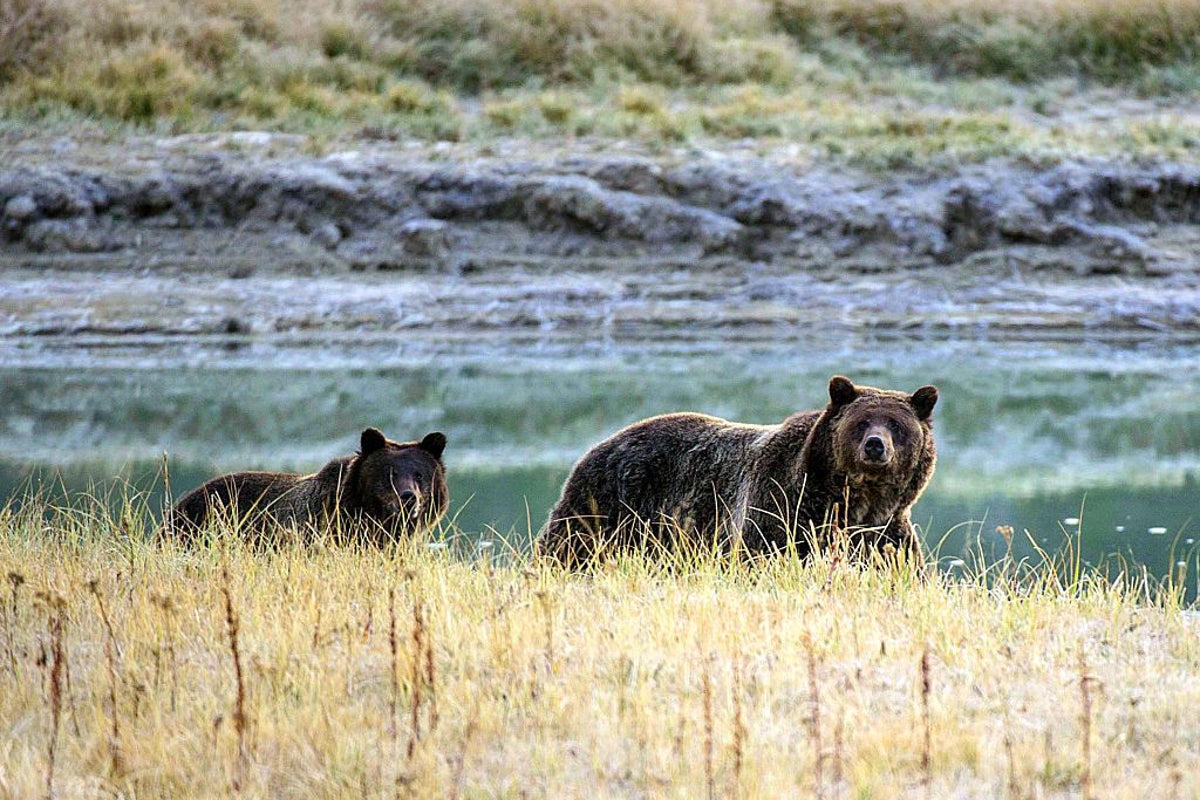Uncategorized
How to survive a bear attack – based on the species and its behaviour – The Independent
Notifications can be managed in browser preferences.
Please refresh the page or navigate to another page on the site to be automatically logged inPlease refresh your browser to be logged in
The U.S. National Park Service says understanding the bear’s behaviour can be the difference between life and death
From reproductive rights to climate change to Big Tech, The Independent is on the ground when the story is developing. Whether it’s investigating the financials of Elon Musk’s pro-Trump PAC or producing our latest documentary, ‘The A Word’, which shines a light on the American women fighting for reproductive rights, we know how important it is to parse out the facts from the messaging.
At such a critical moment in US history, we need reporters on the ground. Your donation allows us to keep sending journalists to speak to both sides of the story.
The Independent is trusted by Americans across the entire political spectrum. And unlike many other quality news outlets, we choose not to lock Americans out of our reporting and analysis with paywalls. We believe quality journalism should be available to everyone, paid for by those who can afford it.
A woman is in a critical condition following a bear attack at the edge of a forest in Slovenia.
Local authorities have urged residents to exercise caution and avoid the area, however, it begs the question – what should you do if you encounter a bear?
It’s important to remember that a bear is unlikely to attack a human for its own sake and will only do so in response to a perceived threat to itself or their offspring, or if they have reason to believe you might be food.
The U.S. National Park Service says understanding the bear’s behaviour can be the difference between life and death.
While every encounter is different, charges can typically be sorted into two categories: bluff and aggressive.
Bluff charges are more common and aim to scare or intimidate.
The park service says that when a bear bluff charges, it will usually have its head and ears up and forward, it will puff itself to look bigger, and bound on its front paws toward you, moving in big leaps before stopping short or veering off to one side.
So what should you do?
In this situation, regardless of the bear type, you should slowly back away while waving your arms above your head, and speak in a calm voice. When the bear charges you, hold your ground and stay calm, and only when it stops should you slowly retreat.
Whatever you do, don’t run off during a bluff charge.
Aggressive charges are cause for concern.
The park service says warning signs of an aggressive charge may be when a bear yawns or clacks their teeth, pounds their front paws on the ground while huffing, has its head down and ears pointed back.
Be ready to protect and defend yourself. But at this point, it’s important to distinguish what kind of bear you’re up against.
If a black bear charges and attacks you, your best option is to stand your ground and fight back.
“Do not play dead. Direct punches and kicks at the bear’s face, and use any weapon like rocks, branches, or bear spray to defend yourself,” the park service suggests. But they are agile and adept at climbing trees, so on no account ascend the branches to evade them.
Hopefully, this will alarm the bear into a retreat.
If a grizzly or brown bear charges and attacks you, play dead. Panicking or screaming will alarm the bear and cause it to attack.
“Cover your head and neck with your hands and arms. Lay flat on your stomach, and spread your legs apart. Keep your pack on, it will help protect you during an attack. Stay still and don’t make any noise,” it said.
“Fighting back during an attack from a grizzly/brown bear will usually worsen the attack, but if the attack persists, then fight back with everything you have.”
Polar bears are slightly outside the remit of the U.S. National Park Service.
As polar bears are driven inland as a result of climate change melting the sea ice, encounters with the largest land carnivore on earth are increasingly likely. And while intimidation tactics might work, you won’t have a lot of options.
Best to avoid the scenario at all costs if you can help it.
Join thought-provoking conversations, follow other Independent readers and see their replies
Please refresh the page or navigate to another page on the site to be automatically logged inPlease refresh your browser to be logged in

